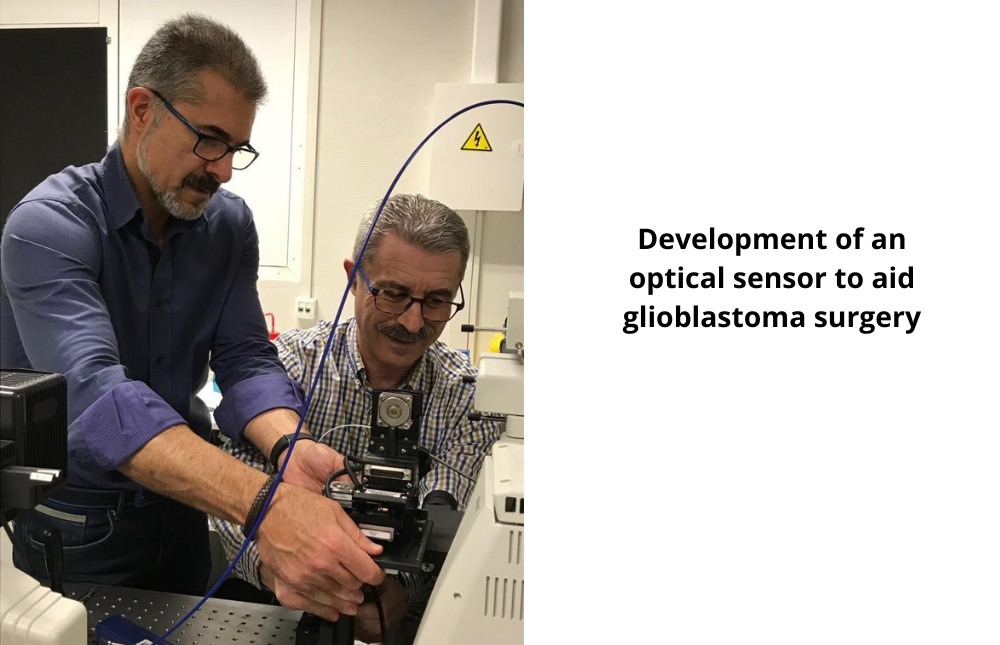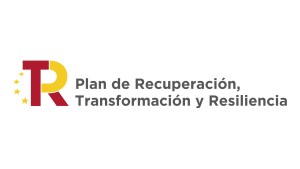The work will allow the development of an optical sensor for the precise identification of tumour margins.
Researchers from the Cell Signalling and Therapeutic Targets in Cancer Group of the Valdecilla Research Institute (IDIVAL) and the Optics Group of the University of Cantabria (UC) are collaborating in the development of an optical sensor to aid in the surgical intervention of glioblastoma, one of the most aggressive tumours with a very low life expectancy (5% at 5 years).
Glioblastoma accounts for half of all primary malignant tumours of the central nervous system in adults and standard treatment for patients currently consists of surgical resection, radiation and chemotherapy. The challenge facing neurosurgeons today is to accurately identify tumour margins for effective surgery to remove only malignant tissue.
The work developed by the researchers will allow a neurosurgeon, in real time, to map the surgical site of a glioblastoma with an optical sensor and distinguish the tumour tissue from the surrounding brain parenchyma (peritumoural tissue). This study could be a breakthrough given that current techniques such as conventional neuronavigation and fluorescence-guided resection with 5-ALA and fluorescein still have some drawbacks that by their nature are insurmountable.
The sensor, based on plasmonic technology, is based on the optical sensitivity of a nanostructured metal surface when it comes into contact with biological material. Its main advantage is that its information comes exclusively through light, it does not need any external chemical agent for its effective operation and can be operated without any previous experience.
Currently, ex vivo tests are being carried out in the laboratory and a pilot system is being assembled that can be taken to the operating theatre and can be manipulated and its results interpreted by the surgeon himself.
So far, two utility models of a possible device have been presented and several articles have been published in high impact scientific journals.
This project has been funded by the Ministry of Science and Innovation in the call “Proyectos De Generación De Conocimiento 2021” with an execution period of 36 months from 2022 to 2025 and whose principal investigators are Fernando Moreno Gracia on behalf of the Optics group (UC) and José Luis Fernández Luna on behalf of IDIVAL.























